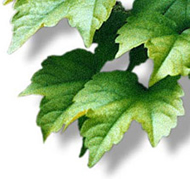



Description
The leatherback sea turtle is the largest of living turtles. It may reach a length of about 7 feet. They have a span of 2.7 meters from the tip of one front flipper to the tip of the other. They have a secondary palate, formed by vomer and palatine bones. The leatherback has no visible shell. The shell is present but it consists of bones that are buried into its dark brown or black skin. It has seven pronounced ridges in its back and five on the underside.
Distribution:
The leatherback sea turtle has been known to inhabit warmer seas around the world, especially tropical seas.
Habitat
Open warmer oceans around the world.
Reproduction
The leatherback sea turtle, as do many other turtles, reproduces on land. Although they spend most of their lives in the open sea, and are fertilized there, females come out of the water to dig their nests and deposit eggs.
Behavior
It is a very strong swimmer and has been known to travel in the open sea.
Food Habits
The leatherback turtle is feeds in the open ocean, and is known to eat jellyfish, small crabs, and fish


